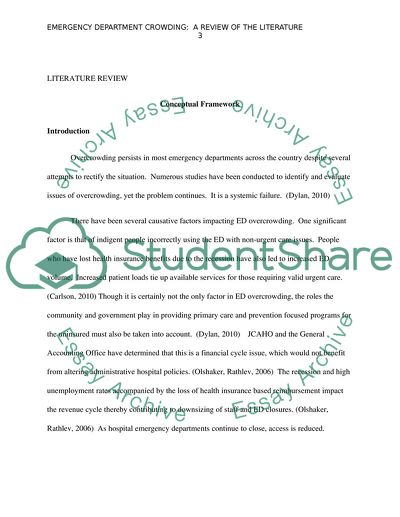Cite this document
(Emergency Department Crowding Problem Research Paper - 1, n.d.)
Emergency Department Crowding Problem Research Paper - 1. Retrieved from https://studentshare.org/nursing/1750540-emergency-room-crowding-an-integrated-literature-review
Emergency Department Crowding Problem Research Paper - 1. Retrieved from https://studentshare.org/nursing/1750540-emergency-room-crowding-an-integrated-literature-review
(Emergency Department Crowding Problem Research Paper - 1)
Emergency Department Crowding Problem Research Paper - 1. https://studentshare.org/nursing/1750540-emergency-room-crowding-an-integrated-literature-review.
Emergency Department Crowding Problem Research Paper - 1. https://studentshare.org/nursing/1750540-emergency-room-crowding-an-integrated-literature-review.
“Emergency Department Crowding Problem Research Paper - 1”, n.d. https://studentshare.org/nursing/1750540-emergency-room-crowding-an-integrated-literature-review.


